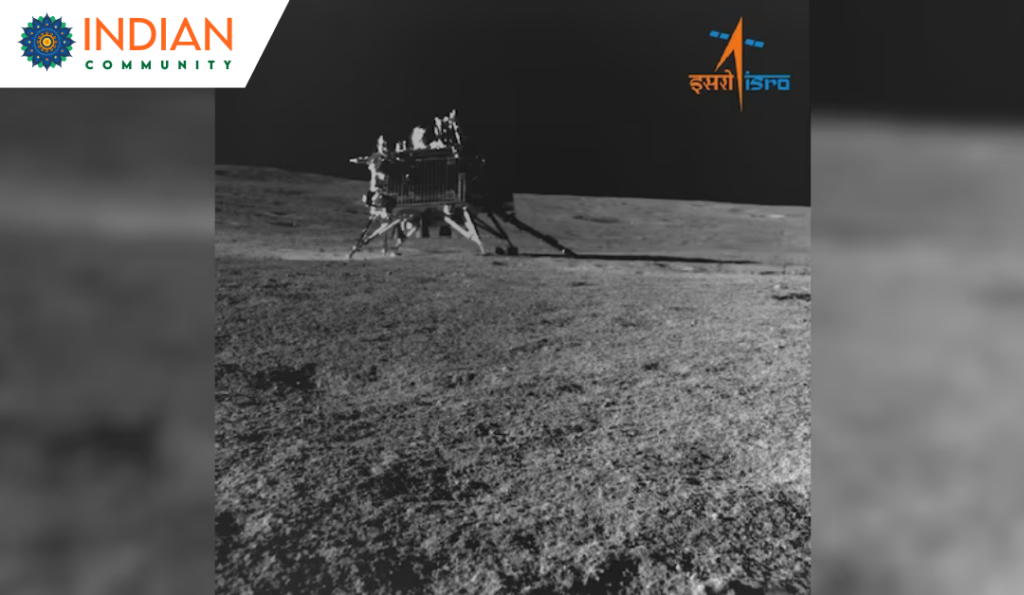The Pragyan rover from India’s Chandrayaan-3 mission has made notable discoveries on the lunar surface. Deployed by the Vikram lander, the rover observed small rock fragments scattered around the rim, wall slopes, and floor of craters in the southern high-latitude landing area. During its mission, Pragyan traveled approximately 103 meters in one lunar day.
These discoveries could advance our understanding of the Moon’s geology, supporting earlier studies about the coarsening of rock fragments within the lunar regolith. The 27-kilogram Pragyan rover, equipped with cameras and soil analysis instruments, proudly displayed the ISRO logo and the Indian tricolor flag on the Moon’s surface.
The rover’s findings indicate that as it moved 39 meters west of the landing site, named Shiv Shakti Point, the size and number of rock fragments increased. A nearby 10-meter diameter crater is believed to be the source of these fragments, which were redistributed by the lunar regolith overturning mechanism. This process repeatedly buries and exposes fragments.
Two fragments showed signs of degradation due to space weathering. ISRO has announced plans for the Chandrayaan-4 mission, which will aim to return a lunar sample from the Shiv Shakti Point. Chandrayaan-3 successfully achieved its objectives, including a soft landing, rover traversal, and in-situ scientific experiments. India’s Chandrayaan-3 mission, launched on August 23, 2023, marked the first successful landing near the lunar south pole and the fourth soft landing globally.
Source: Business Standard

